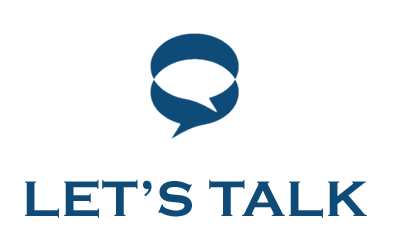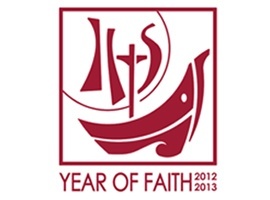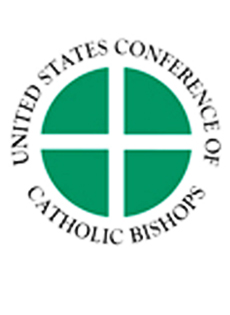
Religious liberty: Major issue worldwide
Monday, May 6, 2013
*US Conference of Catholic Bishops
Welcome to one of the series of blogs on the Second Vatican Council. Each piece reviews one of the 16 documents produced by the Council Fathers during the extraordinary occasion in Church history. Vatican II, which drew together the world’s bishops, opened 50 years ago in St. Peter’s Basilica, Oct. 11, 1962.
“The Vatican Council declares that the human person has a right to religious freedom.” This is the opening sentence of Chapter I of Dignitatis Humanae (Of Human Dignity), the Declaration on Religious Liberty, approved in 1965 by the bishops at the Second Vatican Council.

The Declaration on Religious Liberty began with the work of Cardinal Augustin Bea, SJ, and his Secretariat for Christian Unity. Father Murray wrote two of its 12 drafts. He had devoted his life to showing the relationship of Catholic philosophy and theology to American thinking on religious freedom. His work and that of French theologians undergird the Declaration.
In the Declaration the Council Fathers:
- Held that the right to religious freedom “is based on the very dignity of the human person as known through the revealed word of God and by reason itself.” [2]
- Declared that persons “… are both impelled by their nature and bound by a moral obligation to seek the truth, especially religious truth.” [2]
- Contended that “religious freedom should be given the fullest possible recognition and should not be curtailed except when and in so far as necessary.” [7]
- Acknowledged that “Although in the life of the people of God in its pilgrimage through the vicissitudes of human history there has at times appeared a form of behavior which was hardly in keeping with the spirit of the Gospel and was even opposed to it, it has always remained the teaching of the Church that no one is to be coerced into believing.” [12]
- Noted that “The Church also claims freedom for herself as a society of men with the right to live in civil society in accordance with the demands of the Christian faith.” [13].
The document is singular in its importance and has had a sustained impact. Who can forget the robust calls for religious liberty by Pope John Paul II in the face of dictators during his travels? Religious liberty has become a cornerstone of Catholic social ethics and action throughout the world.
The Declaration has sustained the Catholic pilgrimage toward full communion with our Protestant, Orthodox and Anglican sisters and brothers. As Cardinal Bea and other Council Fathers knew, without Catholic support for religious liberty, any attempts at ecumenical dialogue would ring hollow.
Dignitatis Humanae has enabled Catholic intellectuals to continue to probe the reasons for, the implications of, and the limits to religious liberty. The work of Father Murray is still being discussed four decades after his death.
The Declaration undergirds current efforts by Catholic bishops in the United States to challenge moves in various quarters to limit or redefine U.S. religious liberty and demands support for a robust definition of religious liberty. How interesting that the Catholic Church is now the prime promoter of religious liberty on the planet!
Archbishop William E. Lori of Baltimore heads the U.S. bishops’ Ad Hoc Committee for Religious Liberty.


Comments from readers